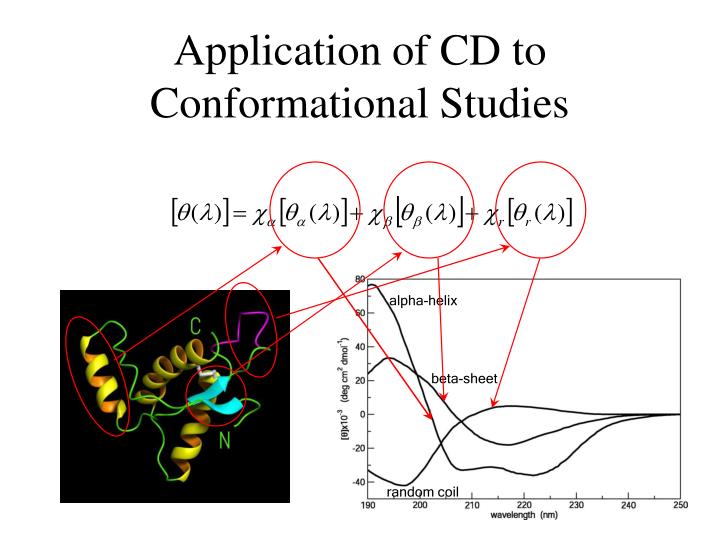

The alpha helix fits nicely into the major groove of DNA.


When an alpha helix runs along the surface of the protein, one side of it will show polar side chains (solvent accessible) while the other side will show non-polar side chains (part of the hydrophobic core). In structures that have beta sheets and alpha helices, one common fold is a single beta sheet that is sandwiched by layers of alpha helices on either side (for example Carboxypeptidase A). Other all alpha-helical proteins show bundles of nearly parallel (or antiparallel) helices (e.g. Researchers were surprised to see how random the orientation of helices seemed to be. The first two protein structure to be determined, myoglobin and hemoglobin, consists mainly of alpha helices. Types of proteins and folds that contain alpha helices Alpha helices in soluble (globular) proteins The beginnings and ends of helices are called N-caps and C-caps, respectively, and they have interesting sequence and structural patterns involving main chain or side chain hydrogen bonding. The subsequent proline is in the center of a turn, followed by a glycine (which is part of an n to n+3 hydrogen bond also typical for turns). Instead, the helix ends with an n to n+3 hydrogen bond (one turn of a so-called 3-10 helix, see Helices in Proteins). At the of the helix, there is a proline that interrupts the regular pattern of n to n+4 hydrogen bonds. Prolines are often found near the beginning or end of an alpha helix, as in this example of (this is an ultra high resolution structure where hydrogen atoms - white - are resolved and some atoms are shown in multiple positions). Here is an example of a () at the position of a. Proline is considered a helix breaker because its main chain nitrogen is not available for hydrogen bonding. Knowing how likely an amino acid is to occur in an alpha helix (the so-called helix propensities), it is possible to predict where helices occur in a protein sequence. Glycine, with its many possible main chain conformations, is also rarely found in helices. occur less often in alpha helices than in other secondary structure elements. Amino acids with a side chain whose movement is largely restricted in an alpha helix (branched at beta carbon like threonine or valine) are disfavored, i.e. Some amino acids are commonly found in alpha helices and others are rare. Which amino acids are found in alpha helices? For a more detailed explanation with examples of Ramachandran plots, see Tutorial:Ramachandran Plot Inspection, Ramachandran Plot or Birkbeck's PPS95 course.

observed) areas for non-glycine residues. If you plot phi against psi for each residue (so-called Ramachandran plot), you find that the phi/psi combination found in alpha helices fall into one of the three "allowed" (i.e. Īpart from the characteristic hydrogen bonding patterns, the other identifying feature of alpha helices are the main chain torsion angles. If you to a spacefilling representation, you can see how tightly packed the main chain is (no space in the middle). Because the amino acids connected by each hydrogen bond are four apart in the primary sequence, these main chain hydrogen bonds are called "n to n+4". The alpha helix is stabilized by (shown as dashed lines) from the of one amino acid to the of a second amino acid. (Stereo: ) In the following, the side chains are truncated at the beta carbon (green) to allow a better view of the main chain. In an alpha helix, the main chain arranges in a with the pointing away from the helical axis.


 0 kommentar(er)
0 kommentar(er)
